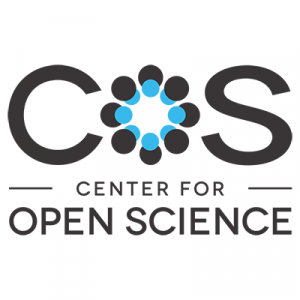
Angela McNelis, Associate Dean for Scholarship, Innovation, and Clinical Science in the School of Nursing at GW, and member of the C3@GWU team recently conducted an interview with Jane Kirschling, Dean of University of Maryland School of Nursing, on Promoting IPE Initiatives. Jane has experience promoting IPE at multiple universities and offered valuable tips on promoting IPE. Highlights from the interview include:
- Success of IPE initiatives require institutional support: both administrative and financial.
- Providing funding for “seed proposals” can generate interdisciplinary collaboration to address IPEC competencies.
- Training for both faculty and students is required for successful IPE initiatives.
For more information on Jane’s experiences facilitating IPE initiatives and barriers to success, please read the full interview transcript here.
Tell me about how you established the IPE initiative at the University of Kentucky?
The genesis of beginning IPE in earnest was directly the result of a white paper to improve care at the hospital by educating health professionals together. UK owned the health enterprise which paved the way. There were two full-time employees dedicated and funded to spearhead the initiative, and very importantly, the dean of medicine was behind and supportive of the work.
Based on work coming out of Minnesota, we structured our curricula so that every student in their first year would have a team-based exposure.
The health sciences Deans made commitments to support the work through both dollars and workload, and they signed a commitment to the same.
At Maryland, we don't own our health enterprise. The Deans were charged with being champions and there was a faculty group working on the initiative. I named three code directors from social work medicine and pharmacy, and gave them stipends, and they worked with the faculty group. It is important to note that our focus is primarily on point of care in the clinical environment and secondarily on academic/didactic education.
Can you share some of the initiative occurring at Maryland?
- The first iteration of IPE at the University was a half-day with students. We used 13 different case examples using the IPEC competencies and we had 2 disciplines. Now, we have one case that is used all day. We use standardized patients to support the cases and student learning. For example, our case was on multiple sclerosis that was not well regulated and had social determinants of health tenets. We had 350 students, mostly nursing, with some schools requiring participation and others making it optional. Also importantly, we do a faculty development day to prepare them to facilitate student learning.
- The second way we support IPE is through seed proposals. We fund approximately 5 to 7 per year at the $10,000-$15,000 range. The proposals must be an IPE initiative that includes two or more disciplines and addresses the IPEC competencies. The funds must support the initiative and cannot be used for faculty salaries. For example, one recent funded study was to varnish teeth in low income children. Another example is where medicine, social work and nursing worked together on an inpatient psychiatric child unit. Clients on the unit are dealing with substance abuse, acting out, emotional and nutritional issues. The focus was on teaching parents how to play during a family night on the unit.
- Another way that we are supporting IPE at the University is that we send teams to IPEC training. The 2 1/2 day intensive in the fall has a general focus and in the spring is on quality and population health. When these teams return, they are expected to come back with a preliminary idea of a project. Typically there are 3 to 5 people on a team.
- We have a faculty development fund to support IPE related activities. The call goes out about every two months and faculty can request up to $2000 for travel to a conference, books, etc.
- Students are exposed to IPE at the introductory level through a one credit hour course. Out of the 15 hours, students spend six hours together working toward a common goal.
Can you talk about some of the barriers you encountered and how you addressed those?
Overall, some of the barriers that we continue to encounter are that there is no common academic calendar for the schools. We still do not have 100% participation of all schools nor do all schools require IPE activities for all students.
The other misconception we are still trying to deal with is that IPE only has to be with more than 2 disciplines. People seem to think you have to have everyone at the table but it doesn't have to be all. Actual practice typically is only 2 or 3 different disciplines so let’s educate students this way!
Any final thoughts?
On a positive note, faculty who want to engage in this kind of work will find each other and come together, and future fertilization for IPE will occur. The challenge is to be persistent and give it time to develop.
posted by Angela McNelis & Paige McDonald



